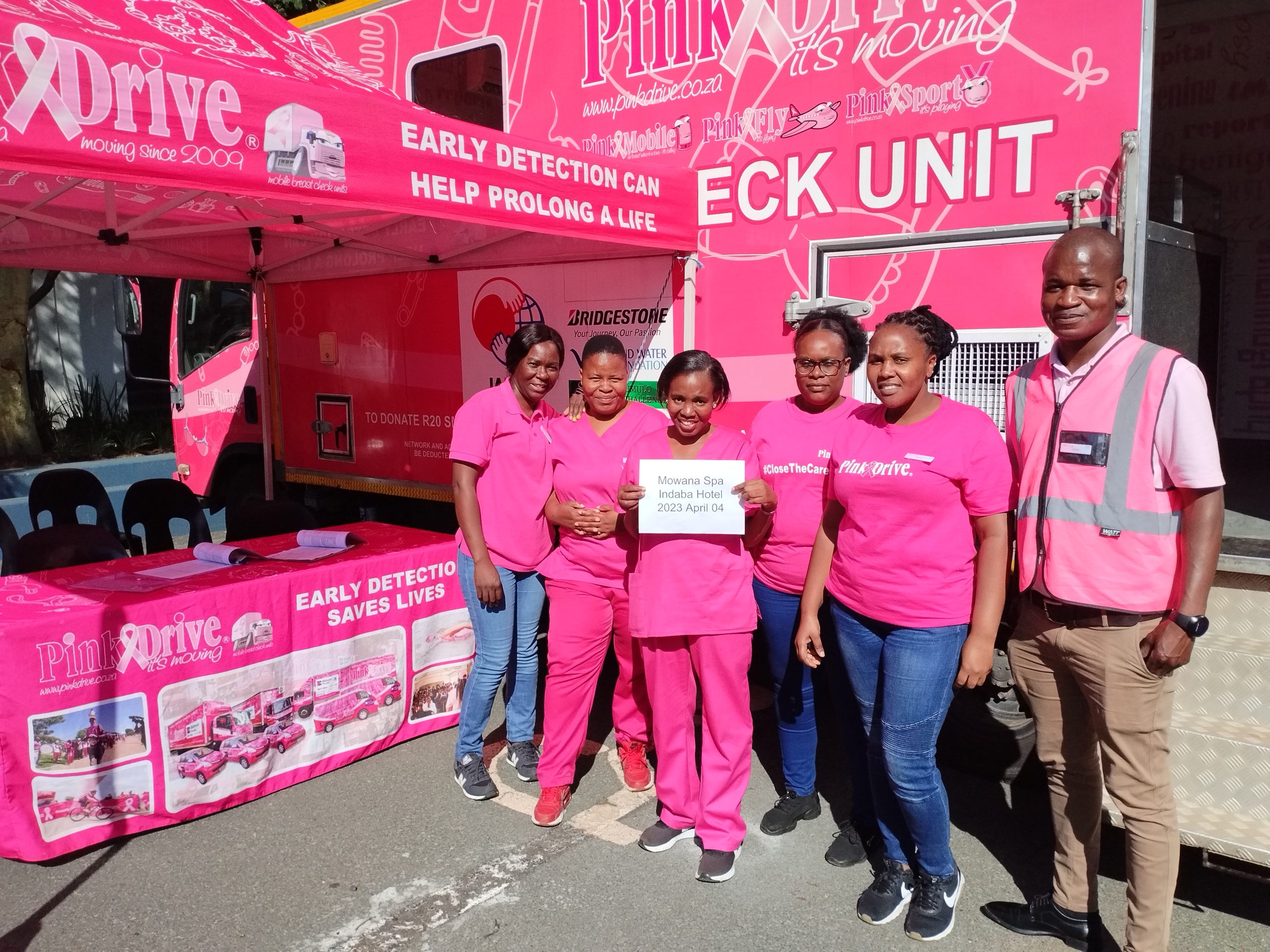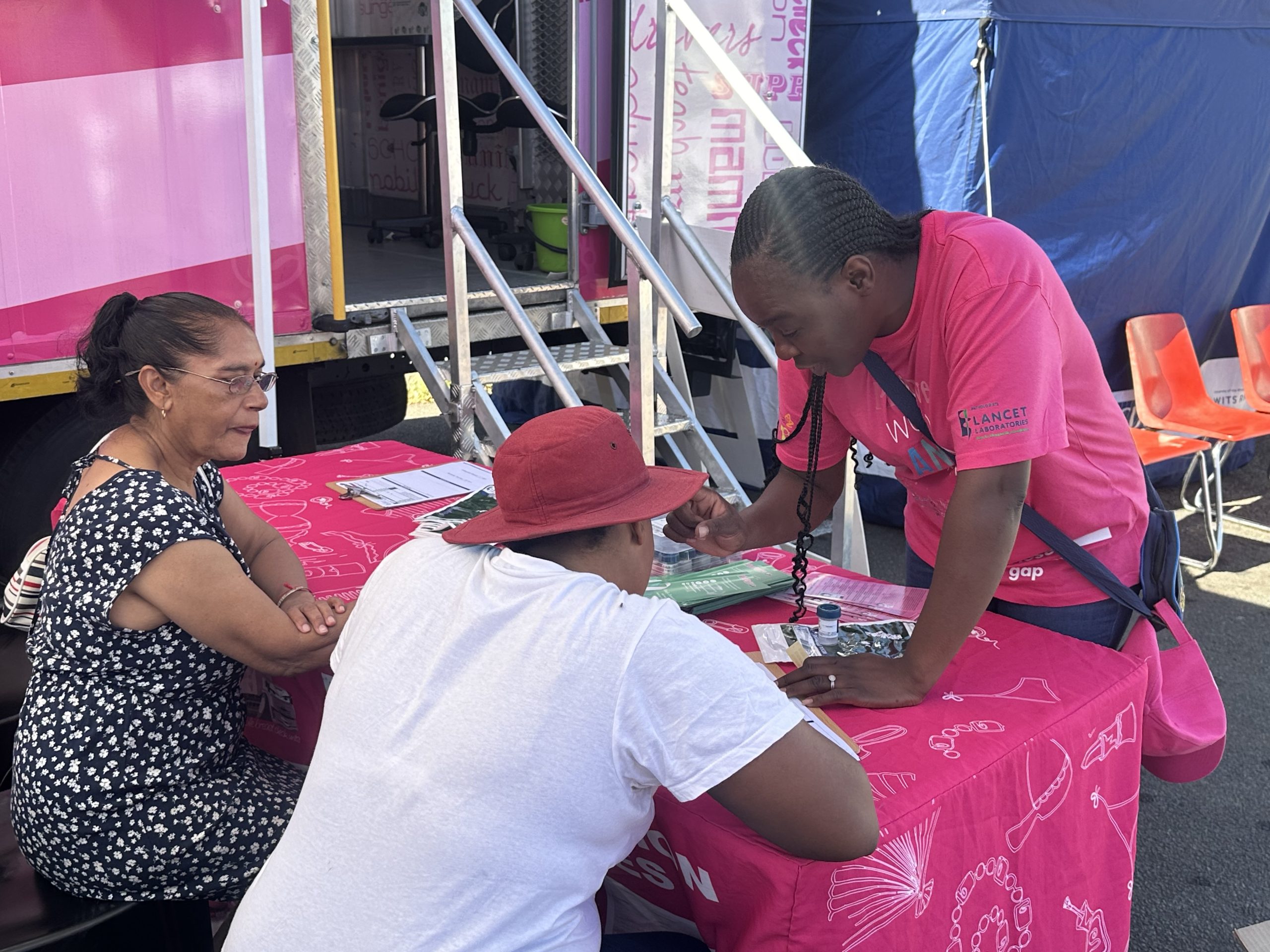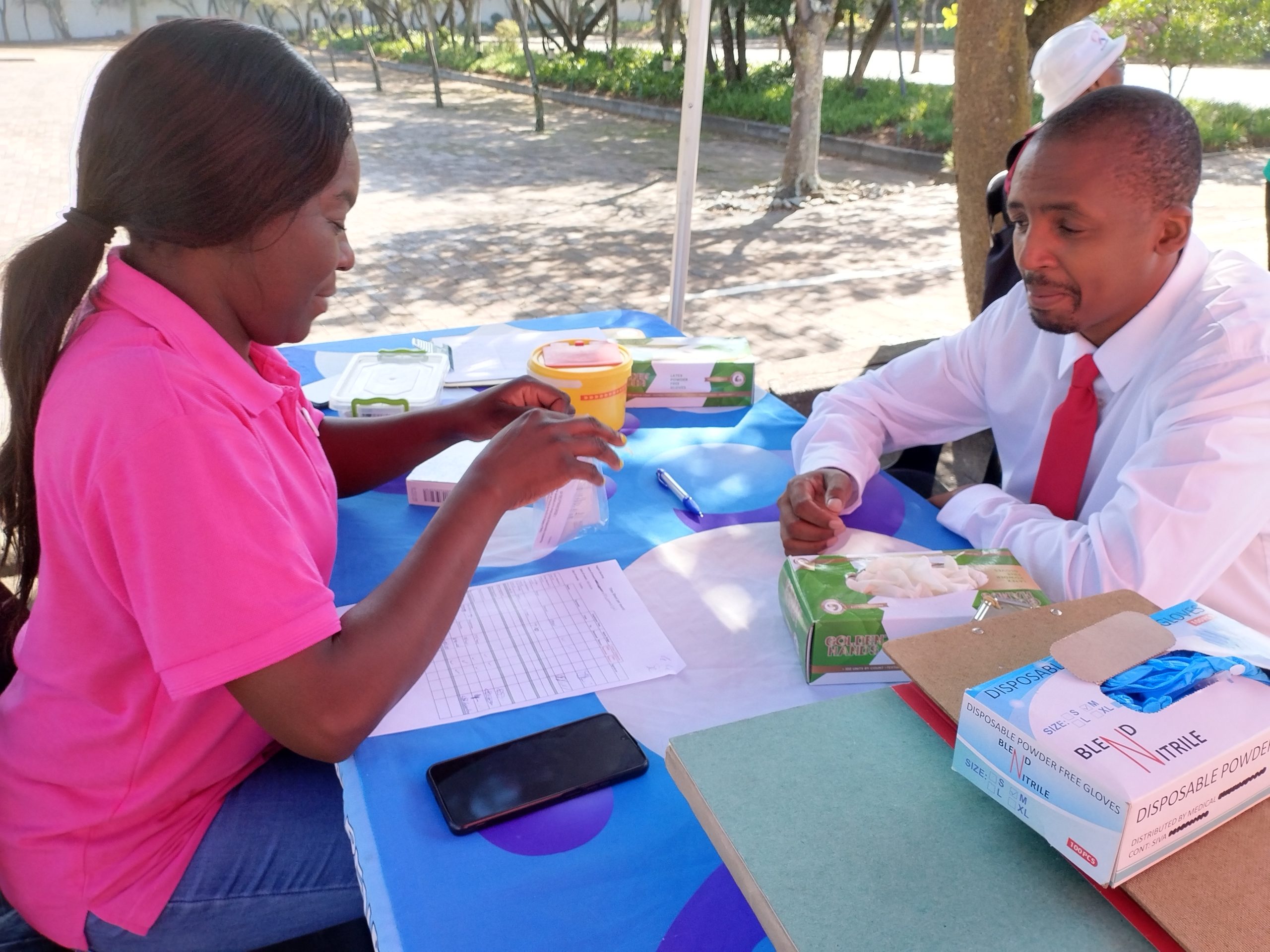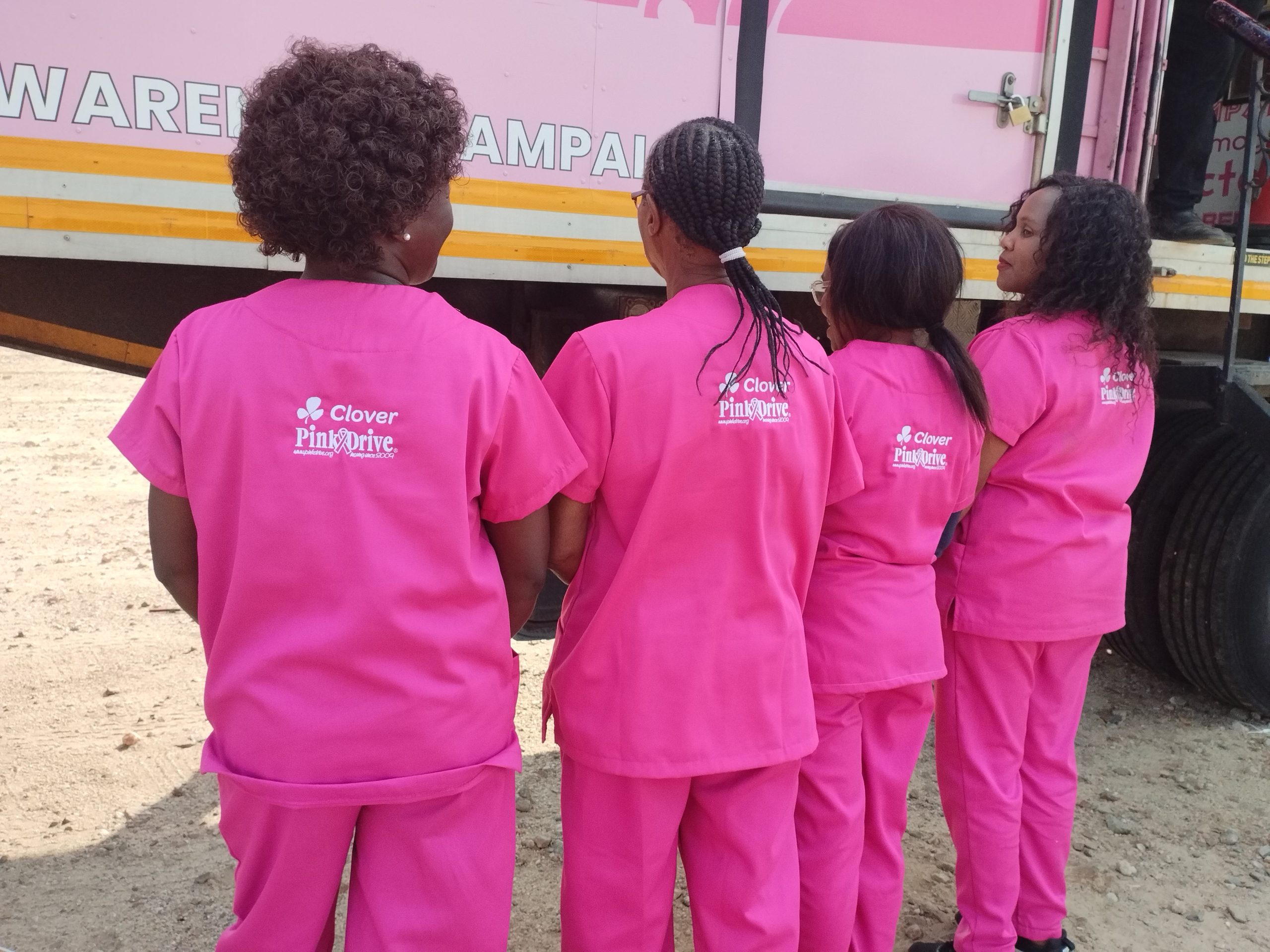Mammography
Mammograms
A mammogram is an x-ray of the breast and uses radiation. It is a tool used to diagnose breast cancer
What is Compression and why is it used?
Compression is created by a plastic plate that moves down onto the breast once the breast has been positioned on the machine. It is used to spread out the internal tissues compressing the breast. Adequate breast compression is fundamental in mammography due to immobilisation of the breast, shortening of the exposure times, reduction of motion and geometric blur and prevention of overpenetration by equalising breast thickness.
Who can have a Mammogram?
Every woman, aged 40 years and older. Those under 40 would first start with an ultrasound examination and then follow the doctor´s instructions as ultrasound examinations use sound waves to form an image, not radiation. Radiation is harmful to rapidly dividing cells (young cells). Our breasts are only fully developed once we have had children and radiation is unsafe until then. However, if you have not had children by age 40, start doing annual mammograms, as getting older and not having kids will also increase your risk.
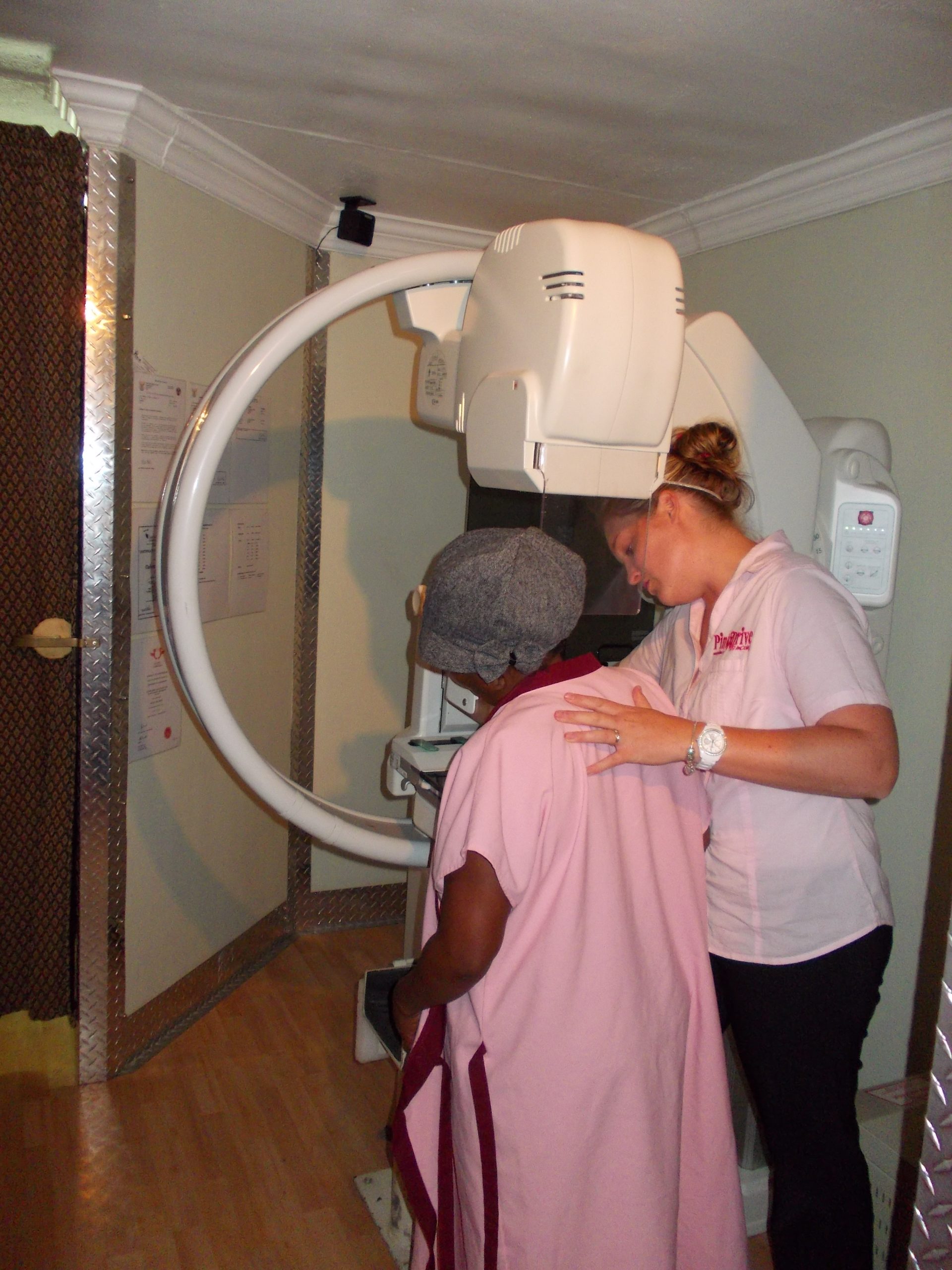
Myths about Mammograms
- That the machines increase the size of your breasts;
- That your breasts are pressed flat;
- That by having a mammogram, you will get breast cancer;
- That compression is very painful. Compression should not hurt you but it will naturally be uncomfortable;
What is the process following a Mammogram?
- Following your mammogram, if the report indicates, you will be referred for further investigation;
- In the case of a callback, make an appointment as soon as you can and ask a loved one or friend to come with you. This will make you feel a little more comfortable and you will have someone to talk to while you wait;
- The first step, the radiologist will assess the mammogram images;
- If something is suspicious, a biopsy will be performed, whereby a needle is inserted into the area, cells removed and sent to a laboratory to be checked;
- The results from the laboratory could take between two days and a week to become available;
- According to those results, you could then be referred to a specialist for treatment;
- It is your right as a patient to get a second opinion if you are not satisfied with the feedback;
- Most breast diseases grow very slowly, so there is no need to act immediately. Go home, do some research and discuss matters with your family. Once you are completely informed, only then make your decision.
This site is protected by reCAPTCHA and the Google Privacy Policy and Terms of Service apply.

